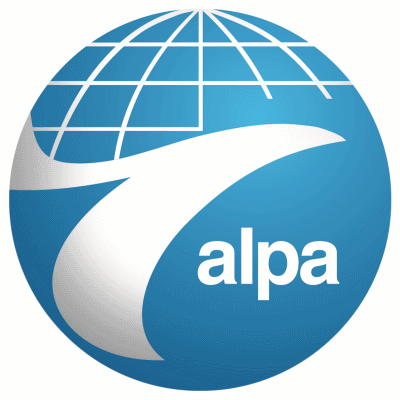Sun, May 15, 2022
Outlines Measures to Foster an Accessible, Diverse, and Inclusive Pilot Workforce
Testifying Friday before the Senate Commerce, Science, and Transportation’s Aviation Safety Subcommittee, the Air Line Pilots Association, Int’l (ALPA) outlined a plan to reduce the costs of becoming an airline pilot and create a more diverse and inclusive air transportation workforce while ensuring that the United States continues to stand as the unquestioned global leader in aviation safety.

“Thanks to the Payroll Support Program and its strong worker protections, the United States has enough pilots today to meet demand—in fact, more than 1.5 pilots for every job,” said First Officer Paul Ryder, secretary for ALPA’s United Airlines pilot group. “But today’s supply of pilots doesn’t mean that we don’t need to do all we can to build a strong pilot workforce for the future. ALPA has a plan to break down those barriers, create opportunity, and build a strong pipeline of qualified aviators, while protecting the high level of safety in the U.S. air transportation system. Some argue that we must lower standards to open the doors of opportunity—we flatly reject that.”
During the field hearing called by Sen. Kyrsten Sinema (D-AZ), ALPA reiterated steps needed to ensure that the nation’s pilot pipeline remains robust and is welcoming to all, particularly to those who have traditionally been underrepresented in the profession. To help aspiring aviators, ALPA is calling on the U.S. government to align federal funding for pilot academic education and training with that of other highly skilled professions.
ALPA asserts that the government:
- Must do more to provide federal financial assistance for academic instruction and flight training for students pursuing two- and four-year degrees.
- Should provide an opportunity for pilots to work for airlines that serve the public need in exchange for student loan forgiveness.
- Should also increase subsidized loans for flight training and ensure that unsubsidized loans do not accrue interest while students are in school.
“As the United States works to expand its pilot workforce, it must protect our industry’s extraordinary safety record. The success of first officer qualification requirements and pilot training that were developed by the regulator, airlines, and labor have helped make U.S. air transportation the safest in the world. Some suggest we must choose between safety and opportunity. That is a false choice,” added Ryder.
More News
About 100 Ft Above Ground Level, The Engine Lost Total Power On April 14, 2025, about 1003 Pacific daylight time, an experimental amateur-built Hy-Tek Hurricane HP, N9088G, was sub>[...]
Flight Check A call-sign prefix used by FAA aircraft engaged in flight inspection/certification of navigational aids and flight procedures. The word “recorded” may be a>[...]
“While our traditional mechanical magnetos will be around for a long time, Hartzell Engine Tech acquired E-MAG to expand its PowerUP Ignition System product portfolio into bo>[...]
Primary Radar A radar system in which a minute portion of a radio pulse transmitted from a site is reflected by an object and then received back at that site for processing and dis>[...]
Also: ‘Sonoran Beauty’ Jump-Qualified, IAG Orders, FAA Shuts Down ATC Oversight, EAA Joins Modern Skies Slovakia-based developer Klein Vision recently unveiled the prod>[...]
 NTSB Prelim: Hy-Tek Hurricane HP
NTSB Prelim: Hy-Tek Hurricane HP ANN's Daily Aero-Term (05.14.25): Flight Check
ANN's Daily Aero-Term (05.14.25): Flight Check Aero-News: Quote of the Day (05.14.25)
Aero-News: Quote of the Day (05.14.25) ANN's Daily Aero-Term (05.15.25): Primary Radar
ANN's Daily Aero-Term (05.15.25): Primary Radar Airborne 05.12.25: $1M Flying Car, Marion Airport Saved, AirVenture Cup
Airborne 05.12.25: $1M Flying Car, Marion Airport Saved, AirVenture Cup



